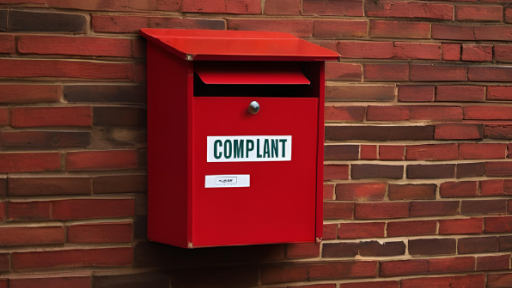
- Home
- Society Sunday
- Blog
From Builder to Residents: A Stress-Free Handover Checklist

-
Documentation is King
-
Occupancy Certificate: This is your proof that the building is built according to approved plans and meets all regulations. Don’t accept handover without it!
-
NOCs (No Objection Certificates): These are essential for utilities like water, electricity, and fire safety. Make sure the builder has them in hand.
-
Building Plans and Specifications: Having these on file helps you understand the building’s design and identify any potential issues.
-
Facility Management: Your Building’s Guardian
-
Choose Wisely: Select a reputable facility management company to handle maintenance and repairs. They’ll be your eyes and ears on the ground.
-
Snagging Process: This is a crucial step where the FM company identifies any defects or unfinished work before the handover. Don’t let the builder off the hook!
-
Utilities and Maintenance Charges
-
Transfer of Connections: The builder is responsible for transferring electricity, water, and other utilities to the resident association. Ensure this happens smoothly.
-
Maintenance Charges: Negotiate clear and transparent maintenance charges before the handover. This covers everything from common areas to essential services.
-
Amenities: Making Sure You Get What You Paid For
-
Verification: Double-check that all promised amenities, like swimming pools, gyms, and clubhouses, are in working order and meet the agreed-upon standards.
-
RERA Compliance: The builder must comply with the Real Estate Regulation and Development Act (RERA), ensuring basic maintenance services are provided.
-
Resident Association: Your Voice in the Building
-
Form Early: Establish your resident association (RWA) as soon as possible. This gives you a platform to communicate with the builder and manage the handover process.
-
Dedicated Accountant: Consider hiring a dedicated accountant to manage maintenance charges and ensure financial transparency.








